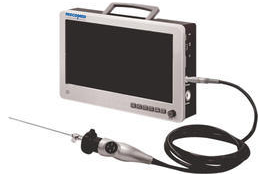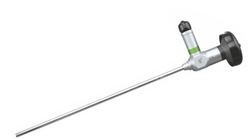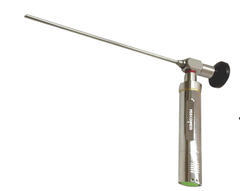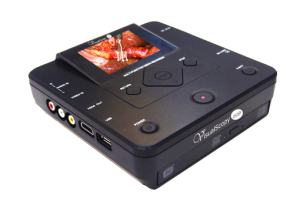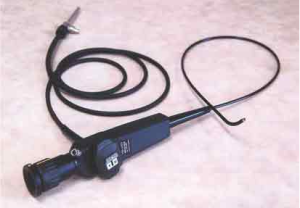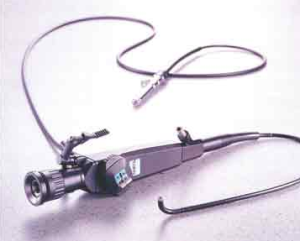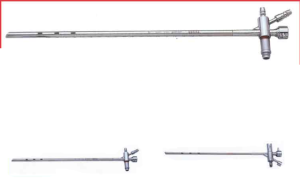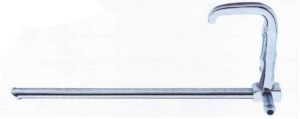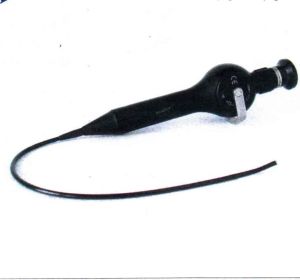Buy and Sell Medical Equipment, Hospital Furniture Online at best prices
Endoscopes
The endoscopy procedure is an invasive procedure which involves using an endoscope to examine the interior of an organ (such as kidney) or a cavity (such as mediastinum) of the body. This is an invasive procedure as the endoscopes are inserted directly into the organ for diagnostic and / or therapeutic purposes. If the doctor finds an abnormality during the procedure, a biopsy may also be done to examine the suspected part further.
The most common types of endoscopy procedures are:
- Arthroscopy – Done by an orthopedic surgeon to examine joints using an Arthroscope.
- Bronchoscopy – A bronchoscope is used to examine the airways and/or condition of the lungs typically by a pulmonologist or ENT surgeon, by inserting it through nose, mouth or by tracheostomy
- Colonoscopy – A procedure done by a gastroenterologist or proctologist, to examine the colon, by inserting a colonoscope through the anus.
- Cystoscopy – A procedure done by Urologist to examine the bladder by inserting a cystoscope through the urethra.
- Enteroscopy – A procedure done by a gastroenterologist to examine the small instestine by inserting the scope through the either the mouth or anus.
- Hystroscopy – A procedure done by a gynecologist to examine the uterus, by inserting the hystroscope through the vagina.
- Laparoscopy – A procedure done by general surgeons, to examine the abdominal or pelvic areas, by inserting the laparascope through a small incision made near the part being examined.
- Laryngoscopy - A procedure done by an ENT specialist to examine the larynx, by inserting the laryngoscope through the mouth or nose.
- Colposcopy - A procedure done by a gynecologist to examine the vagina or cervix, by inserting the colposcope through the vagina.
- Sigmoidoscopy - A procedure done by gastroenterologist or proctologist to examine the rectum and the lower part of the large intestine called sigmoid colon, by inserting the sigmoidoscope through the anus.
- Thoracoscopy / Pleuroscopy - A procedure done by a pulmonologist or Thoracic surgeon to examine the area between the lungs and chest wall/ Pleura, by inserting the Thoracoscope through a small incision in the chest.
- Nasopharygoscopy - A procedure done by an ENT doctor, in which the doctor inserts a flexible scope tube through the nose and reaches it to the back of the throat to examine the nasopharynx.
- Upper GI endoscopy or Esophagoscopy/gastroscopy/duodenoscopy - A procedure done by gastroenterologist to examine the upper GI tract (Esophagus, stomach and duodenum), by inserting the scope through the mouth.
- Neuroendoscopy - A procedure done by a Neurosurgeon, to examine areas of the brain, by inserting the neuroendoscope through an incision in the skull near the area to be examined.
- Mediastinoscopy - A procedure done by a Thoracic Surgeon, to examine mediastimun or areas between lungs, by inserting the scope through an incision above breastbone.
- Ureteroscopy - A procedure done by Urologist to examine the ureter and Kidney by inserting an ureteroscope through the urethra.
- Otoscopy – Otoscope is used by an ENT doctor to examine the ear.

